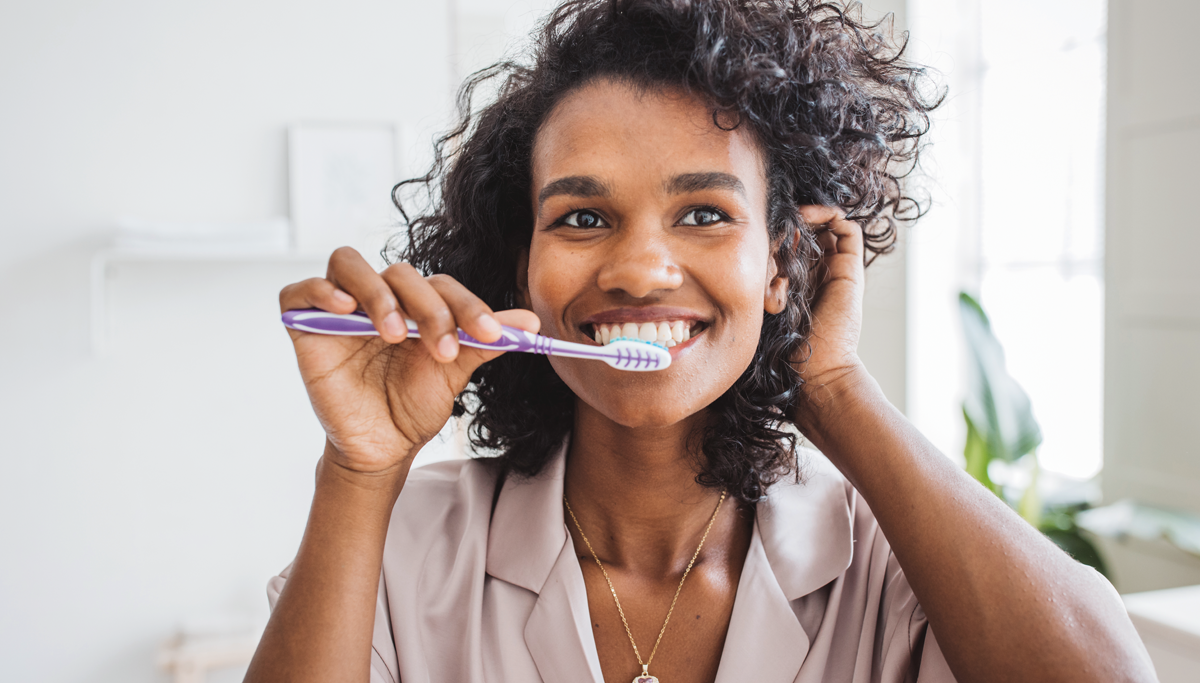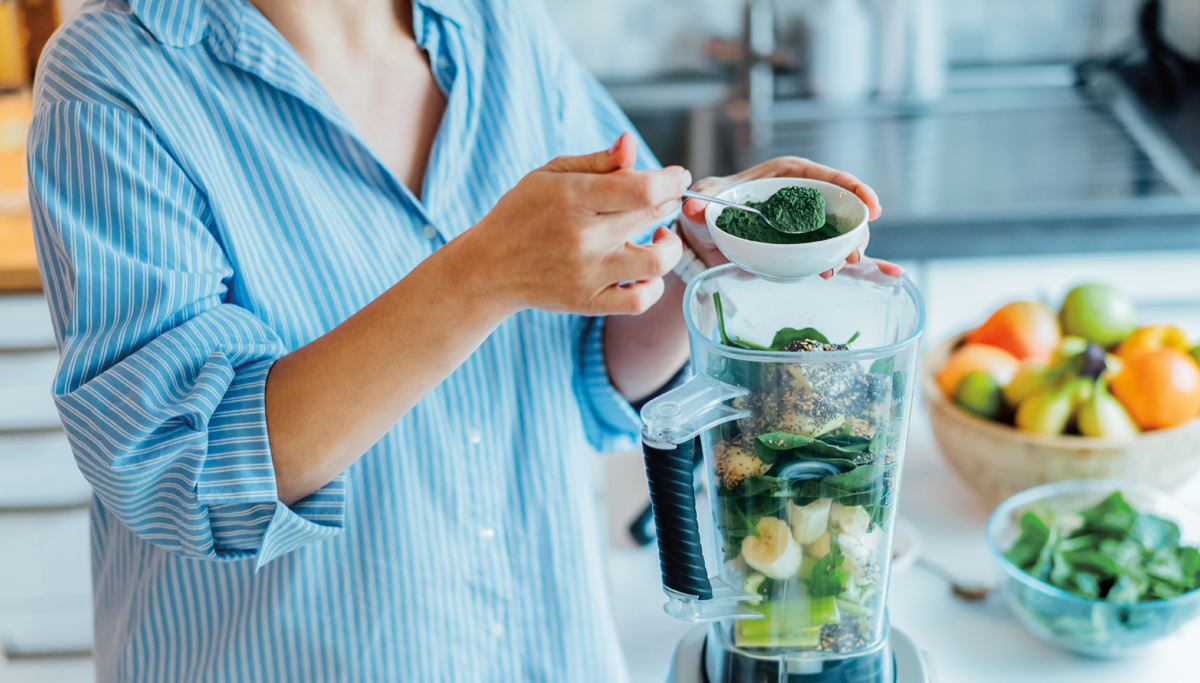Safe alternatives to 5 not-so-safe social media trends
Wellness and lifestyle fads rise and fall all the time. Remember exercise DVDs or Zumba? Some fads are harmless, some fads are helpful and some fads can cause damage. These are harmful fads that you or your child may see on social media.
1. Putting mouthwash and toothpaste into new dispensers
Why it isn’t safe
Toothpaste tubes aren’t clear for a reason, and that’s because UV rays reduce the effectiveness of the toothpaste over time. Also, mouthwash is more acidic than toothpaste and can damage your teeth with prolonged exposure.
A safe alternative
Just clean your teeth the tried-and-true way. Brush twice and floss daily. If you use mouthwash, follow the instructions on the bottle.
2. Closing tooth gaps with rubber bands
Why it isn’t safe
Shifting your teeth so quickly places pressure on the roots, which then shorten. This can cause pain and tooth loss. In addition, keeping a foreign object in your mouth for so long creates bacteria growth that can cause gum disease.
A safe alternative
Speak with your dentist or orthodontist about healthy, safe ways to close any gaps in your teeth.
3. Using magic erasers on coffee stains
Why it isn’t safe
Magic erasers contain melamine, a very toxic material that you shouldn't touch with your bare hands. It can cause nausea, vomiting and irritability when ingested. It will also make your teeth yellower and more sensitive over time because the eraser will scrub off your tooth enamel to reveal the yellow layer of dentin below.
A safe alternative
If you want to whiten your teeth, speak with your dentist about the safest way to do so based on your personal situation and dental history.
4. Drinking pineapple juice before wisdom tooth removal
Why it isn’t safe
People do this to try and reduce swelling, but the sugar and acid in pineapple juice can irritate your teeth and gums prior to surgery.
A safe alternative
After surgery, follow your dentist’s advice and use ice to help alleviate any swelling.
5. Flossing your teeth with your hair
Why it isn’t safe
If you read that headline and thought “yuck,” you’re not alone. Oral health experts agree with you. Your hair could break and become lodged in your teeth, creating bacteria. But even if you managed to dislodge food, flossing is also about removing plaque along the gumline (something hair won’t do).
A safe alternative
Try conventional floss, a floss pick or a water flosser. As another added benefit, you don’t have to pull out your own hair.
The main takeaway: You shouldn’t take damaging shortcuts with your oral health. If you’re concerned about your teeth and gums or want to make a cosmetic change to your smile, speak with your dentist about healthy ways to achieve those results.
Are toothpaste alternatives a good option?
Fluoride toothpaste often comes in a paste, while some alternatives come in different forms and formulations. But are they a good idea?
Don’t wait — update your dental benefits now
A new job can require a change in your dental benefits, but it doesn’t have to be a challenge. This guide can help you make the best choice for you.
Should you be using greens powders?
Just 10% of U.S. adults eat the recommended number of vegetables each day. To help boost their intake, some people have started using greens powders.








